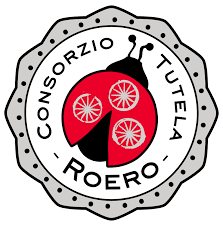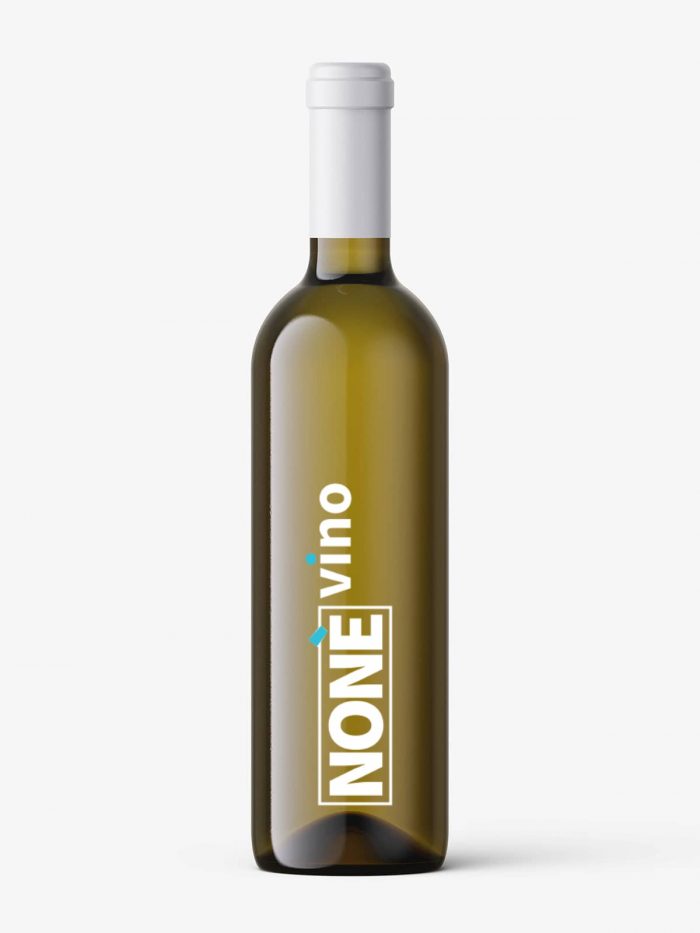Roero DOCG Appellation
Protected Designation of Origin (PDO)


In Piedmont there are traces of trade, consumption and production of wine since the seventh century BC, as evidenced by the discovery of Etruscan wine amphorae and grape seeds from cultivated vines.
The wine production therefore also in the Roero area developed before the arrival of the Romans, since the presence of the Ligurians, probably thanks to the influence of the Etruscans. As in all continental Europe, however, it is the Roman world that set up and created an efficient and systematic viticulture. The crisis of the Roman Empire and the subsequent invasions led to the abandonment of viticulture in favor of crops more useful for subsistence. Only the monastic orders continued to cultivate the vine.
It is starting from the 11th century that viticulture returned to expand, in particular with the development of the alteno, land in which there were different types of crops and the vine leaned and was “held high”, as in ancient times, to live supports, that is, saplings of maple or elm. The many laws enacted in the following centuries for the protection and regulation of wine production, the municipal land registers with the indications of the areas under vines and, as regards the land dedicated exclusively to the cultivation of vines, the birth of toponyms that to the vine or to the vines they refer.
With the arrival of the Savoy family, between the end of the 1500s and the beginning of the 1600s, the phase of consolidation of wine production began, which continued without interruption until the 19th century. The “American” diseases, and in particular phylloxera, which will affect the entire continent from the second half of the 19th century to the first half of the 20th century, will radically modify the vines and the ways of working them, but will not leave any particular aftermath in Roero viticulture, indeed in some way they will help to “select” the most suitable areas, in this case those most suitable for the cultivation of Nebbiolo.
Territory
The Roero area extends to the left bank of the Tanaro river. Two main vines have always been grown in this area: Nebbiolo and Arneis. The former is grown mainly on the south-facing slopes, while the latter is also grown in cooler areas. The Roero is characterized by the formation of the fortresses which must be related to the geological phenomenon which takes the name of “capture of the Tanaro”, which indicates the change of course that this river underwent as a result of a movement of the earth’s crust. This particular evolution has led to the formation of alternating layers of Sands Clays and Limestone, which can be mixed in different ways depending on the area.
The Roero area is characterized by very steep and steep slopes that require a lot of attention and a lot of work from the winemakers.
The Production Area of the DOCG Roero Wine is located in:
– province of Cuneo and includes the territory of the municipalities of Canale, Corneliano d’Alba, Piobesi d’Alba, Vezza d’Alba and, in part, the territory of the municipalities of Baldissero d’Alba, Castagnito, Castellinaldo, Govone, Guarene, Magliano Alfieri, Monta ‘, Montaldo Roero, Monteu Roero, Monticello d’Alba, Pocapaglia, Priocca, S. Vittoria d’Alba, S. Stefano Roero and Sommariva Perno.
Vinification and Aging
During the vinification phases, only loyal and constant oenological practices of the area are allowed, suitable to give the wines their peculiar quality characteristics.
The winemaking practices of wine DOCG Roero foresee, among other things, that:
– The maximum yield of grapes into wine must not exceed 70% for both types of Roero and Roero Arneis. If these parameters are exceeded within the limit of 5%, the excess is not entitled to the DOCG. Beyond these limits, the right to DOCG for the whole product lapses. In compliance with the% of grape / wine yield and in the presence of certain cultivation requirements, the term “Vigna” may be mentioned.
– The following types of DOCG Roero wine must undergo a period of aging , as follows:
– Roero Bianco : 4 months;
– Roero Bianco Riserva : 16 months.
– Roero Rosso : 20 months of which 6 in wood;
– Roero Rosso Riserva : 32 months of which 6 in wood.


